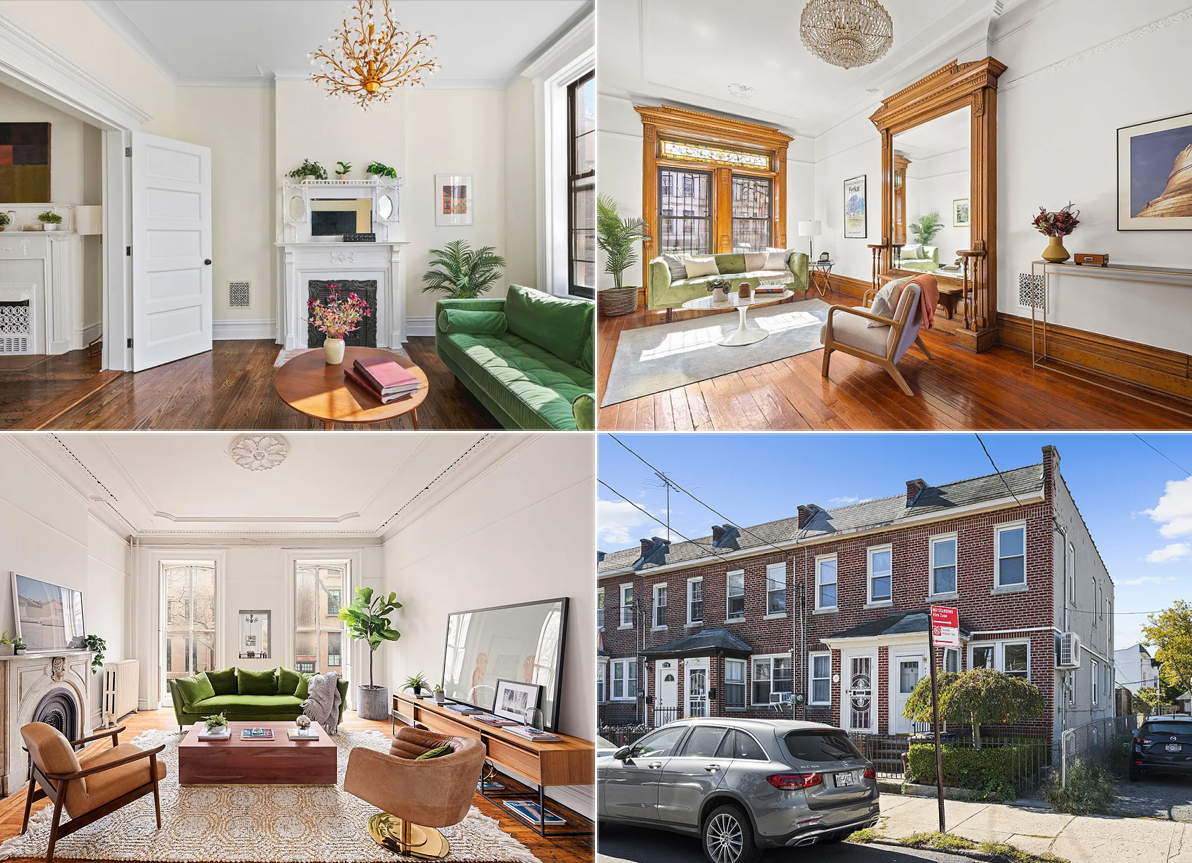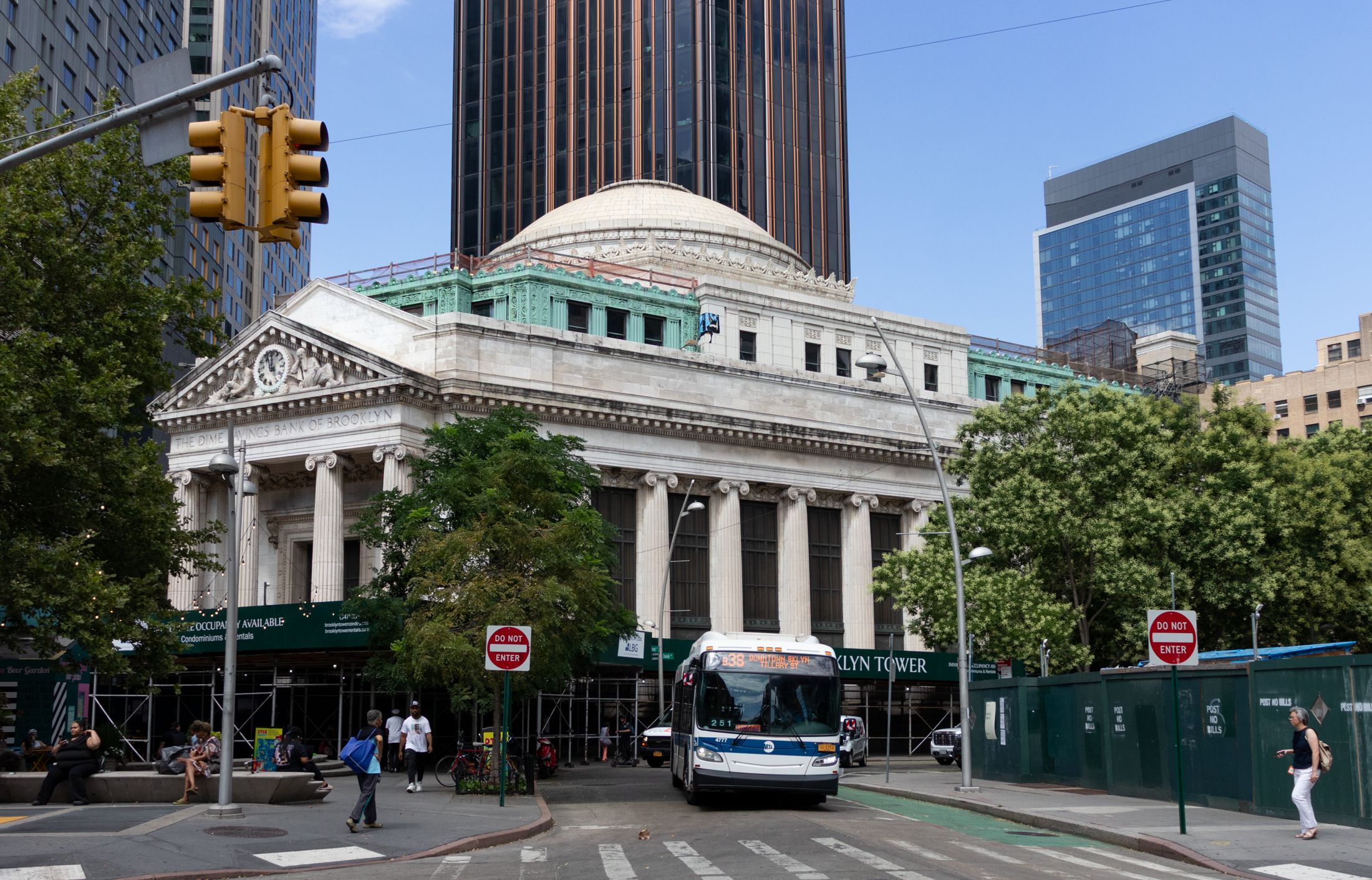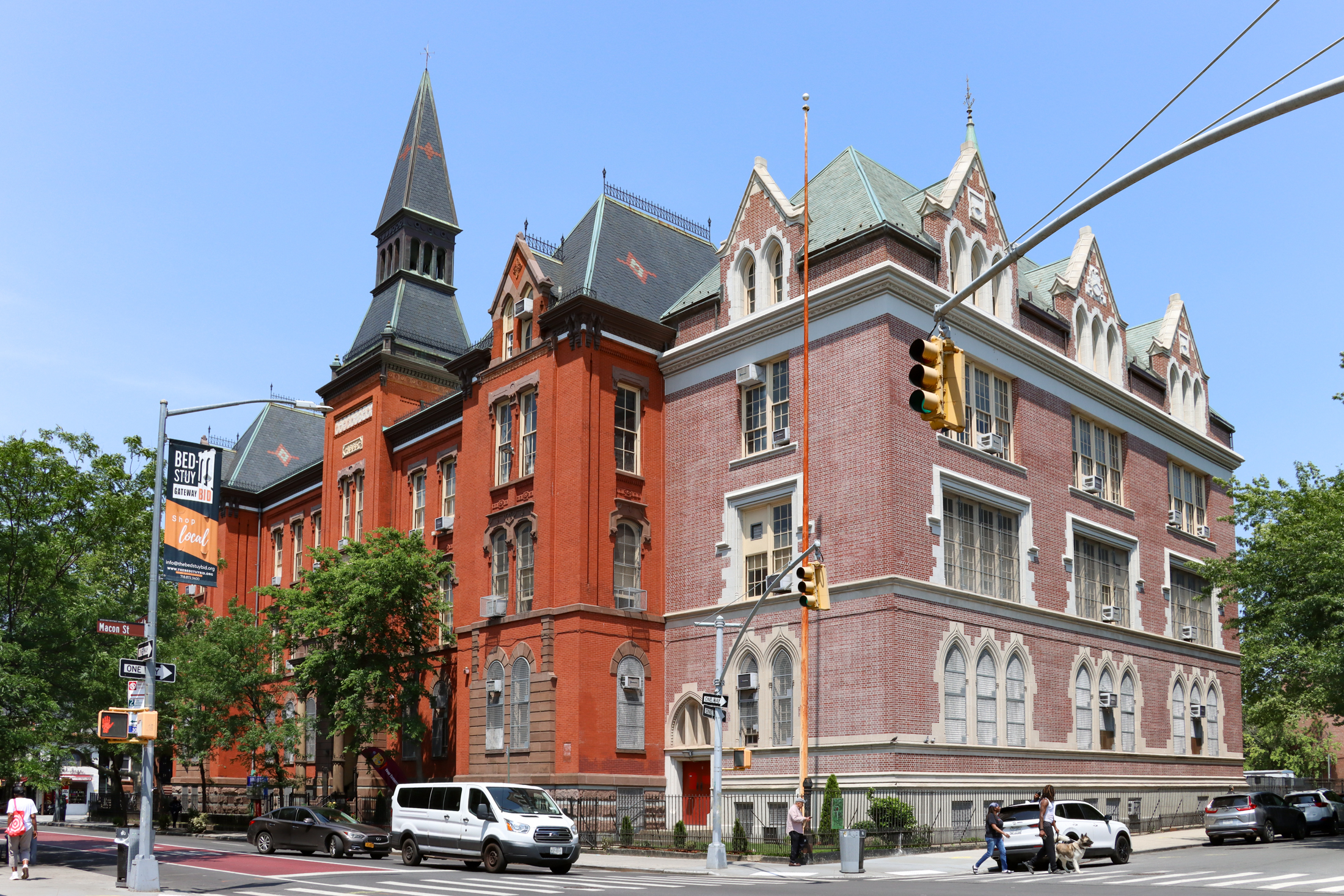Comparing the Past and the Present
Check out this new photoblog called Re-Brooklyn. Photographer Zach van Schouwen has been restaging old photos from the early 20th century to illustrate the change, or lack thereof, that’s occurred in the borough. Two recent posts include a 1910 photo of the Broken Angel (top) and a 1929 photo of the corner of Clinton and…


Check out this new photoblog called Re-Brooklyn. Photographer Zach van Schouwen has been restaging old photos from the early 20th century to illustrate the change, or lack thereof, that’s occurred in the borough. Two recent posts include a 1910 photo of the Broken Angel (top) and a 1929 photo of the corner of Clinton and Livingston. Neat stuff!





Great site, but it left me totally depressed. : (
Polemicist, what in the hell are you talking about?
The great buildings of our city, the Empire State Building, the Chrysler Building, Flatiron Building, Woolworth Building, St. Patrick’s Cathedral, St. John The Divine, Williamsburg Bank Building, Montauk Club, Dime Savings Bank, and a bazillion other buildings, both private homes and commercial buildings, were built as much for the betterment of the city, as for practical use. It used to be an architect and/or builder wanted his building to add to the greatness that is this city, not just to make money. He may have equally wanted to add to his own glorification, reputation or ego boosting, but so what? It used to be a corporation, or even a rich tycoon held a competition for architects to see who could best articulate a vision. Part and parcel of this vision was adding something memorable to the skyline or to a neighborhood, not just being functional, affordable or even expensive. This isn’t a utopian vision, it’s a manifestation of man’s quest for beauty and artistic expression through building. And part of that manifestation is the desire and ability to create something that will last for ages, if possible. What architect, or tycoon, business, house of worship, or homeowner wants to build just for the moment?
Sure, the free market provides those who can have these buildings built, and gives those who have the wherewithal choice. But that’s a by product, not the cause.
I paged through as much of the Re-Brooklyn site as I could while at work. Sadder than the buildings that were torn down are the ones that are still standing but had all of their distinguished ornamentation stripped off. Whatever happened to the bay that ran the full height of 1255 Bedford Avenue? How did the Norwegian Evangelical Church get turned into…a box?
Montrose, you simply don’t understand that it is the free market, and only the free market, that has ever delivered what you love.
The difference between then and now is once upon a time we had these things called “property rights”. We also didn’t have citizens who felt they had the right to infringe upon the rights of others. Because of this, competition and efficiency flourished. The iron grip of bureaucracy didn’t stifle creativity or market activity. Developers had to compete for tenants or owners. People didn’t move simply because they needed a roof over their head. They moved into buildings they liked.
Competition is the only system to date that has ensured quality work for an extended period of time. Nothing else has worked thus far.
Your Utopian vision of people building “for longevity, and the betterment of the city” has never existed, and it never will exist.
Cool! I’m with BRG.
In Crown Heights North, on St. Marks Ave, there used to be blocks of large mansions on spacious lots, perhaps 4 or 5 huge homes on a long city block. Existing photos show magnificent, way cool mansions of the very well off of their day. They are all gone, but one. By the first decade of the 20th cent, they were replaced by apartment buildings, which could house thousands of people in spaces that once housed less than 100, including staff. I wish I could have seen those houses, but I understand they had to go. The difference between then and now, is that the apartment buildings that went up on these blocks are also architectural gems, with large, spacious apartments, impressive lobbies, and beautiful exterior facades and design elements.
Point being, progress, and the needs of many over the few, is usually inevitable. That does not mean that it has to be cheap, ugly, or dumbed down to the most common of denominators. Today’s developers and their architects need to take more cues from what has made this city great architecturally, and design and build for longevity, and the betterment of the city, as well as for profit and need.
its amazing how large trees can make an area look so much better.
Wicked cool!
Thanks for the link!
if we dont tear down old architecture, then how will house more people!? but i agree the old does look better. and it was definitely more affordable than the fugly overpriced stuff that goes up today.
-Rob